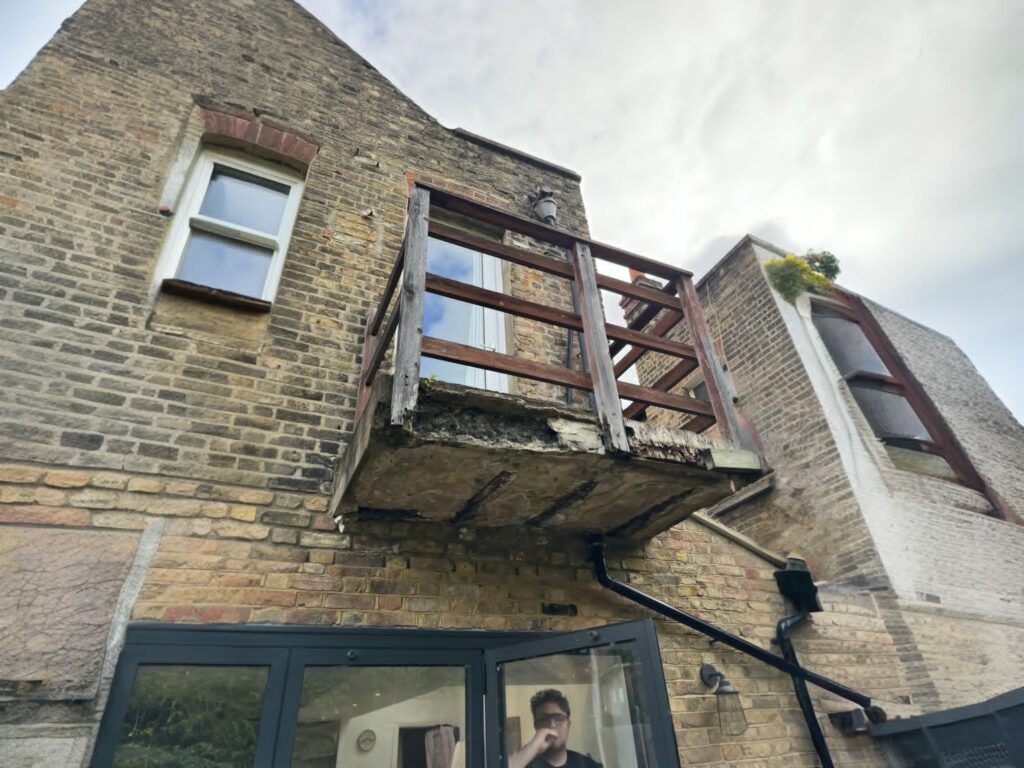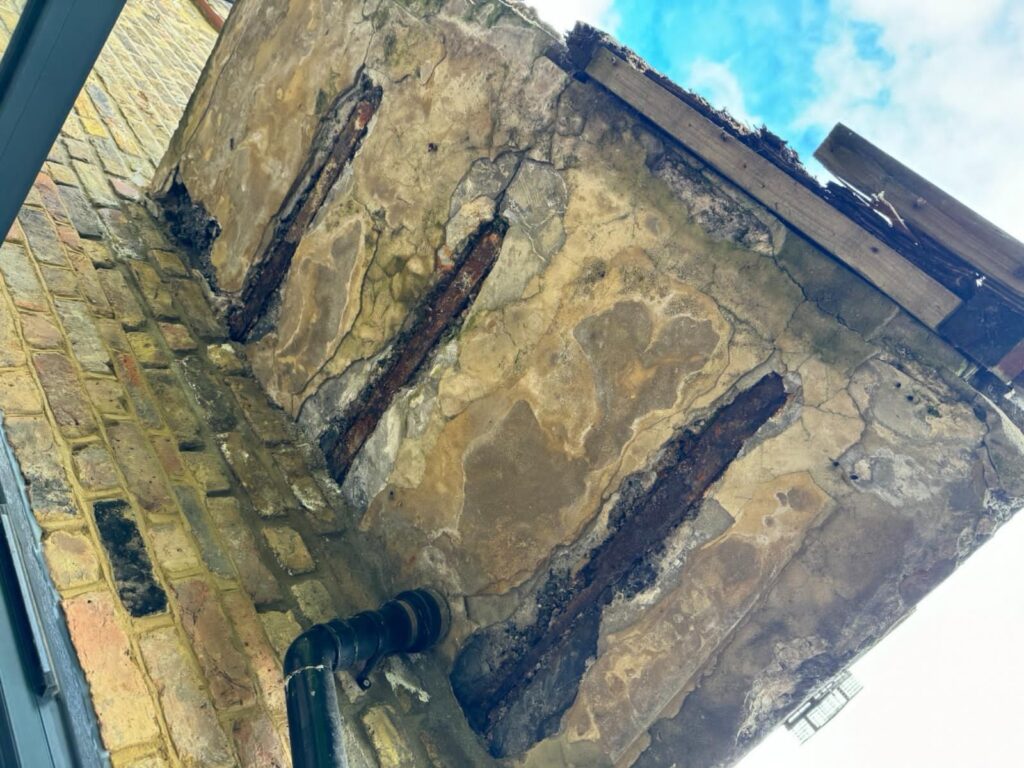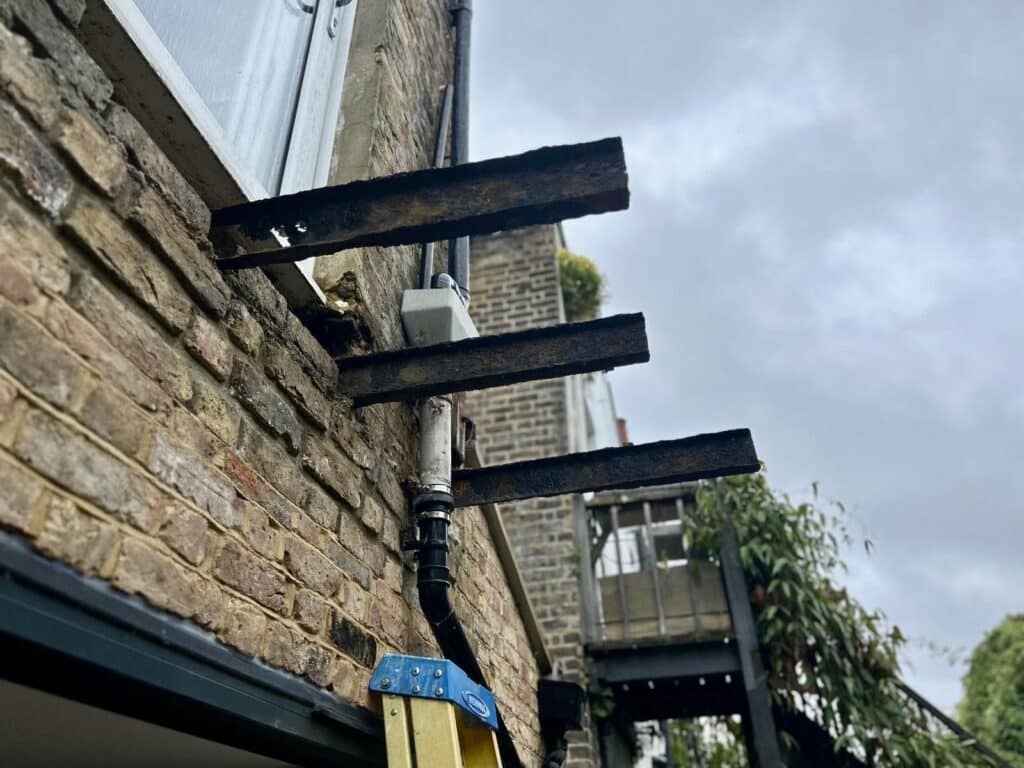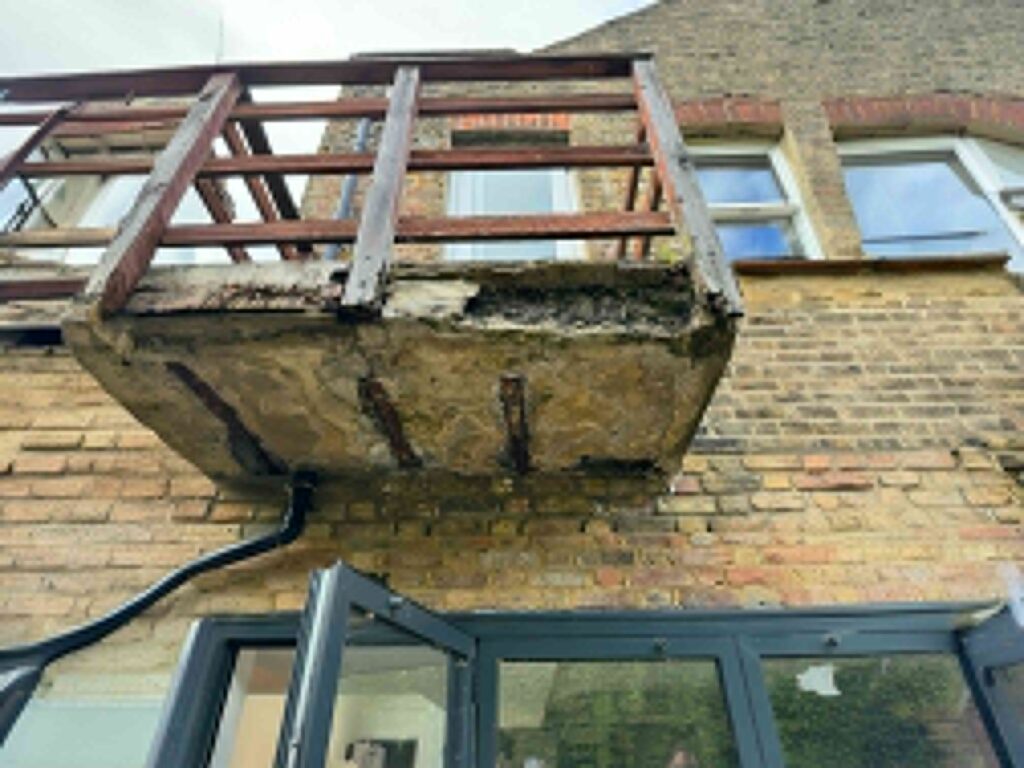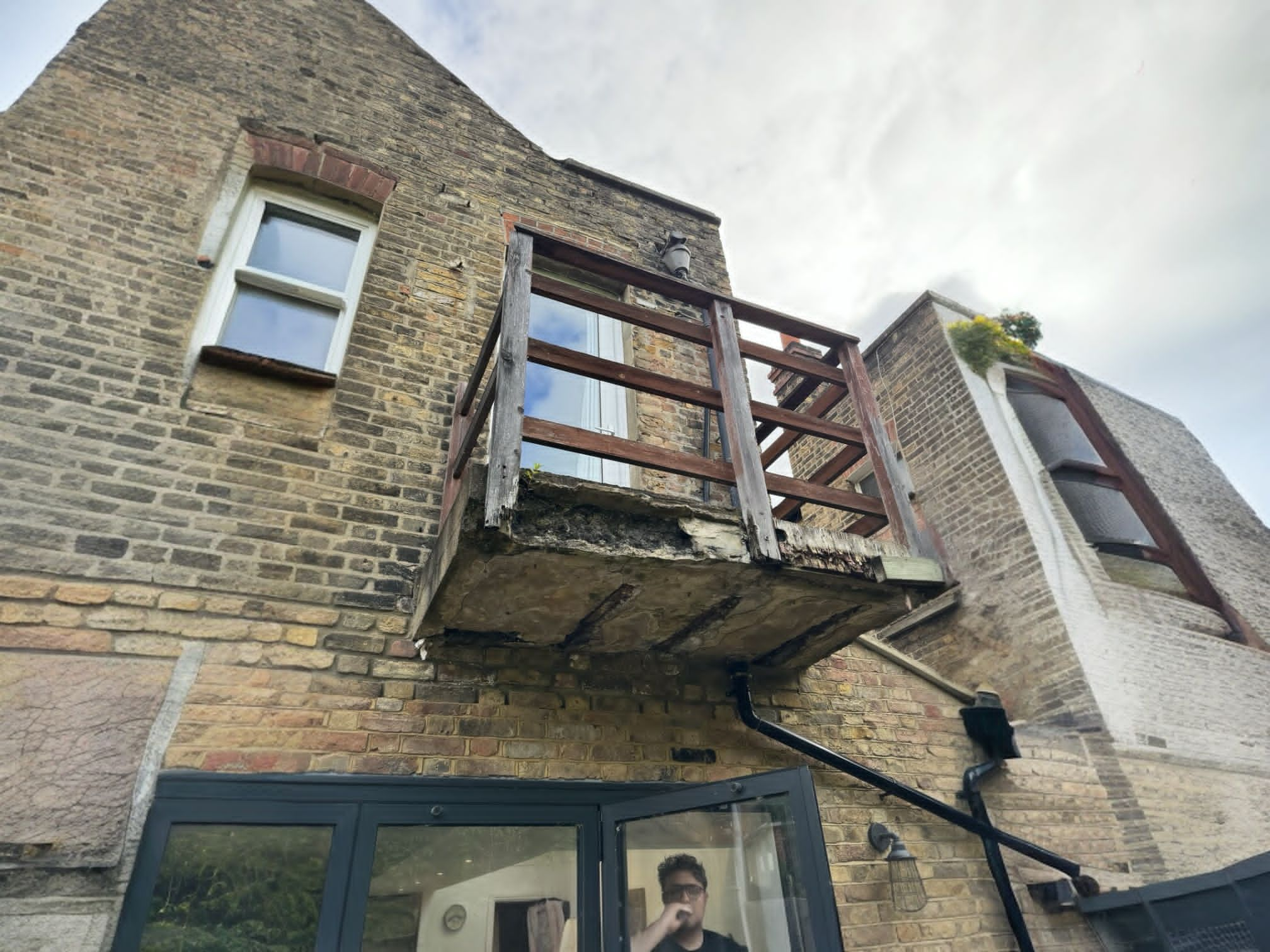
Concrete Scanning: Hidden Balcony Dangers Revealed
Concrete scanning, using Ground Penetrating Radar (GPR), is essential in maintaining concrete balconies. This non-destructive method detects hidden issues like rebar corrosion, voids, and cracks, which traditional inspections may miss. Regular scanning helps prevent serious structural failures, ensuring safety and prolonging the life of balconies. It enables early detection of problems, allowing for targeted repairs and cost savings. By incorporating concrete scanning into maintenance routines, property owners can make informed decisions, protect structural integrity, and enhance building sustainability. This proactive approach minimizes risks and ensures the long-term stability of concrete structures like balconies.
Concrete Scanning Services: Understanding the Risks
Concrete balconies face constant wear and tear over time. Environmental factors lead to gradual deterioration. Rain, snow, and temperature fluctuations cause stress. Chlorides from de-icing salts can penetrate the concrete. Carbon dioxide in the air leads to carbonation, reducing concrete’s protective alkalinity. Consequently, the steel reinforcement becomes vulnerable to corrosion.
The most insidious danger is steel reinforcement corrosion. This process often goes unnoticed until reaching a critical stage. Rust expands, causing internal pressure and potential cracking. Corroded steel loses strength and bond with concrete. In extreme cases, this can lead to sudden, catastrophic failure.
Case Study: A Balcony on the Brink of Collapse
Our team at Structural Repairs recently conducted an eye-opening inspection. Initially, the balcony showed only superficial delamination signs. However, closer examination revealed a shocking truth. Advanced scanning uncovered critical internal failures. Shockingly, some reinforcement bars had lost most of their strength. What initially appeared to be superficial delamination revealed a far more alarming issue. The steel supporting beams had corroded significantly. Consequently, collapse was imminent, endangering anyone who might use the balcony. This case study clearly demonstrates the importance of thorough inspections. Surface appearances can be deceiving in structural integrity assessments. Therefore, advanced scanning techniques are crucial for ensuring safety.
The Role of Advanced Scanning in Preventing Catastrophe
To combat hidden threats, advanced scanning techniques are essential. Regular scans using GPR and ferro scanning identify issues. These include delamination, reinforcement corrosion, and cracks or voids.
- Delamination: Early detection of surface separation can prevent further damage.
- Corrosion of Reinforcement: Identifying corroded rebar before they compromise structural integrity.
- Cracks and Voids: Detecting cracks and voids that could lead to water ingress and accelerate deterioration.
Leading the Way in Concrete Scanning Technology
Structural Repairs proudly spearheads concrete scanning technology in the UK. Our structural investigation engineers, each boasting over a decade of experience, excel in high-profile national projects. They utilise cutting-edge equipment, providing unparalleled insights into your structures.
Our advanced, non-intrusive scanning arsenal comprises:
- GPR (Ground Penetrating Radar) Concrete Scanning: Delivers detailed imaging of subsurface elements and anomalies.
- Ultrasonic Testing of Concrete: Offers precise measurements of concrete thickness and identifies internal flaws.
- Concrete Covermeter Surveys: Measures the depth of concrete cover over reinforcement.
- Ferroscan Instrument Survey: Enhances our comprehensive scanning capabilities.
Using Advance tools
Our advanced tools function as sophisticated wall scanners and metal detectors. They allow us to peer beyond surfaces and uncover hidden issues. The ferroscan survey capabilities we employ create detailed reinforcement maps within concrete structures. Meanwhile, our GPR survey technology offers comprehensive subsurface condition insights.
These non-intrusive technologies enable us to analyse various structures. We examine not only balconies but also larger concrete constructions. These include bridges, dock walls, and tunnel soffits. Our thorough approach informs construction and maintenance processes effectively. Consequently, it reduces team stress, boosts productivity, and nearly eliminates downtime.
Why Regular Balcony Scanning Matters
Regular balcony scanning is a necessity, not just precaution. It ensures safety, is cost-effective, and prolongs structure lifespan.
- Safety First: Ensuring the structural integrity of balconies prevents potential accidents and injuries.
- Cost-Effectiveness: Early detection of defects can save significant repair costs in the long run.
- Prolonged Lifespan: Timely maintenance extends the life of the balcony, preserving its aesthetic and functional value.
Why Choose Structural Repairs?
At Structural Repairs, we offer more than just advanced technology. Here’s why we’re the preferred choice for concrete scanning, structural investigations, and concrete repair services:
- Time-Served Professionals: Every one of our engineers and technicians has at least 10 years of experience in structural investigation, scanning, and materials testing. This depth of expertise ensures that your property is in the most capable hands.
- Easy-to-Read, Concise Reports: We understand the value of clear communication. Our beautifully formatted reports are delivered promptly, getting straight to the point and providing the data you need directly to your inbox.
- Professional, Friendly Staff: From first contact to final reporting, we pride ourselves on the professionalism and positive attitude of our staff. We treat every client as we’d like to be treated ourselves, ensuring a smooth and pleasant experience throughout the process.
- Comprehensive Services: Our range of services includes crack repair, spalling repair, waterproofing, joint sealing, and many more. We use only the latest and most advanced techniques and materials to ensure long-lasting and durable repairs.
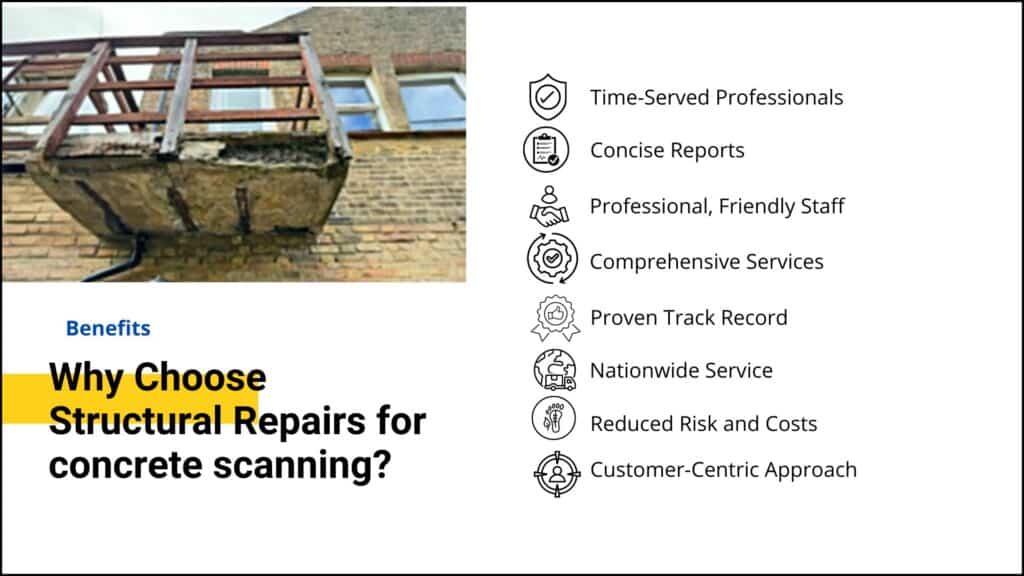
Our Commitment to Excellence in concrete scanning services
- Proven Track Record: Each year, we complete hundreds of projects for a loyal client base. These firms return time and time again, confident in the consistent, high-quality service they receive.
- Nationwide Service: Our teams travel the length and breadth of the UK, delivering structural investigation and testing services on a truly diverse range of sites. No matter where your property is located, we can be there.
- Reduced Risk and Costs: By using the very latest technology and techniques, we help reduce unexpected costs, keeping your team, project, and organisation safe in the process.
- Customer-Centric Approach: We understand that concrete damage can be stressful and disruptive. That’s why we strive to provide a hassle-free and streamlined repair process that minimises disruption and downtime. We work closely with you to develop a customised repair plan that meets your budget and timeline.
At Structural Repairs, we are dedicated to providing our clients with top-quality, reliable, and cost-effective concrete repair and restoration services. Our team of highly trained professionals is committed to delivering exceptional results and outstanding customer service, no matter the size of the project.
Conclusion
For property managers, building owners, and residents, the message is clear: don’t wait for visible signs of damage to act. Regular scanning and maintenance of concrete balconies are critical to ensuring safety and preventing potentially catastrophic failures.
Don’t compromise on safety. Choose Structural Repairs for peace of mind.
For more information, visit our Concrete Scanning Services page. Discover how our advanced technology and expertise can safeguard your property!
FAQ
Below is a list of questions frequently asked:
What is concrete scanning?
Concrete scanning is a non-destructive testing method used to inspect the internal structure of concrete elements without causing damage. It involves using advanced technologies such as Ground Penetrating Radar (GPR), ferro scanning, and ultrasonic testing to create detailed images of what’s inside concrete structures. This process can reveal the location of reinforcing steel (rebar), post-tension cables, conduits, and voids, as well as measure concrete thickness and detect structural defects.
How to scan concrete?
Scanning concrete involves several steps and techniques:
- Preparation: The area to be scanned is cleared and marked.
- Equipment Setup: Depending on the specific needs, different tools may be used:
- GPR scanner for overall structural imaging
- Ferroscan or rebar scanner for detailed mapping of metal reinforcements
- Ultrasonic devices for concrete thickness measurements
- Concrete covermeter to determine the depth of rebar
- Scanning Process: The selected device is moved systematically across the concrete surface. For example, a GPR scanner or wall scanner is typically moved in a grid pattern to ensure complete coverage.
- Data Collection: As the scan progresses, the equipment collects data about the internal structure of the concrete.
- Analysis: The collected data is then analysed using specialised software to create detailed 2D or 3D images of the concrete’s internal structure.
- Reporting: A comprehensive report is prepared, detailing the findings of the scan, including any detected anomalies, rebar locations, or potential issues.
Which areas do you cover for concrete balcony scanning?
Below is a list of questions frequently asked:
How much do your concrete balcony scanning services cost?
The depth depends on soil conditions and load requirements. Typically, screw piles are installed to depths ranging from 3 to 30 metres, but this can vary based on specific project needs.
How do I know which type (or types) of testing I need for my concrete balcony?
Firstly, our experts can thoroughly assess your situation. Subsequently, they will recommend the most appropriate testing methods. These methods might include a combination of GPR scanning, Ferroscan surveys, and ultrasonic testing. Ultimately, the choice depends on your balcony’s specific conditions.
Do you offer an out-of-hours or weekend service for concrete balcony scanning?
Indeed, we understand that some projects require flexibility. Therefore, we offer out-of-hours and weekend services. Consequently, this approach helps to minimise disruption to your property or business.
What is your lead time for attending site for a concrete balcony scan?
Firstly, we pride ourselves on quick response times. Moreover, we typically can arrange to be on-site within a few days. However, this timeframe may vary depending on the urgency of your situation.
Can you arrange access to areas at height for balcony scanning?
Yes, we have the capability to access balconies at various heights. We can arrange appropriate equipment or work with your access solutions to ensure a thorough scan.
Can you carry out testing in confined spaces on balconies?
Yes, our team is trained and equipped to work in confined spaces, ensuring we can access all areas of your balcony structure.
What is your lead time for reports after a concrete balcony scan?
We aim to deliver our comprehensive reports within 5-7 working days after completing the scan, depending on the complexity of the project.
How deep can a Ferroscan detect reinforcement in a concrete balcony?
Typically, a Ferroscan can detect reinforcement up to about 100mm deep in concrete. However, this can vary based on concrete density and rebar size.
How much of a balcony can you scan in one day using Ferroscan equipment?
The area we can scan in a day depends on various factors, including balcony size and complexity. On average, we can scan up to 100-150 square metres per day.
Can the Ferroscan determine bar (rebar) diameters in concrete balconies?
Yes, Ferroscan technology can provide estimates of rebar diameters, though for the most accurate results, we often combine this with other scanning methods.
How deep can GPR – or ground penetrating radar – penetrate in a concrete balcony?
GPR depth can vary based on the concrete composition and the frequency of the radar used. For balcony applications, we typically achieve depths of 300-500mm.
Can GPR equipment determine the diameter of reinforcing bar (or rebar) in concrete balconies?
While GPR can detect the presence and location of rebar, it’s less accurate for determining exact diameters. For precise diameter measurements, we often combine GPR with other scanning methods.
